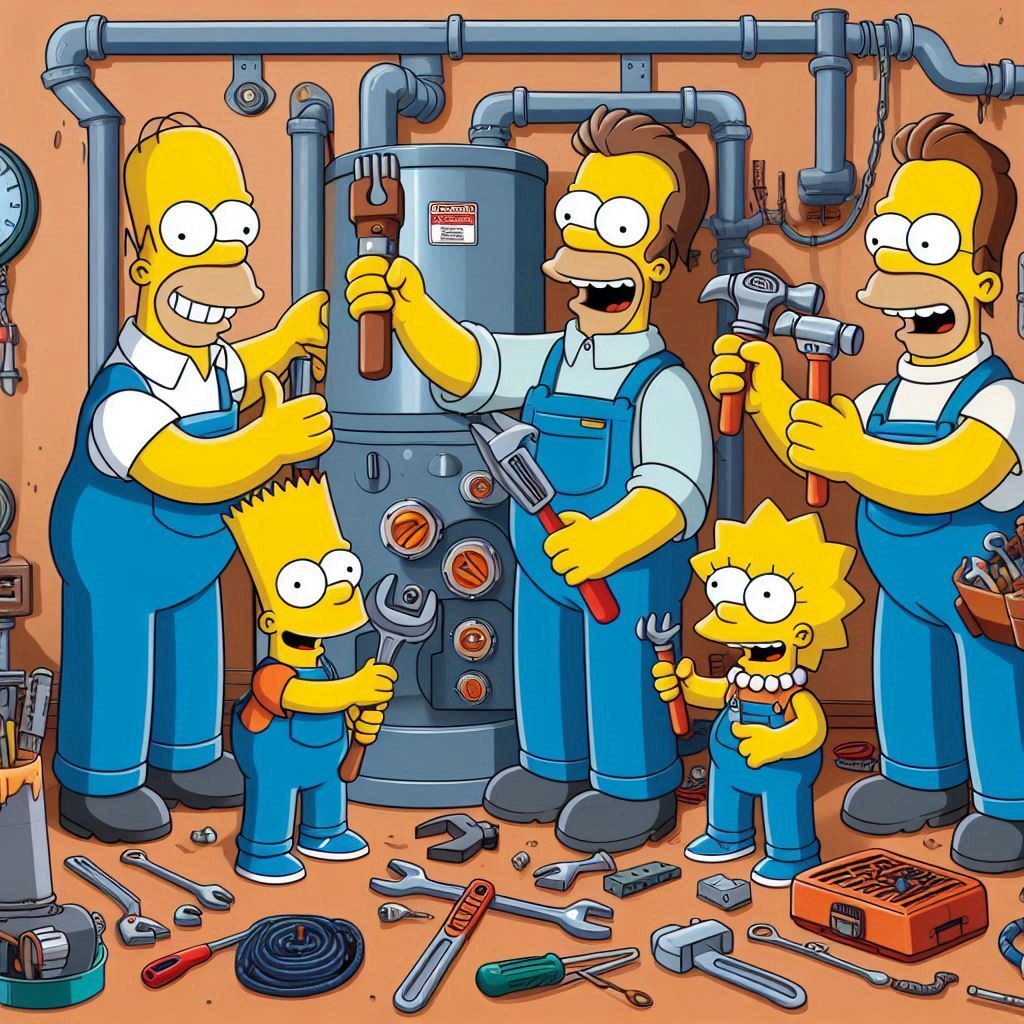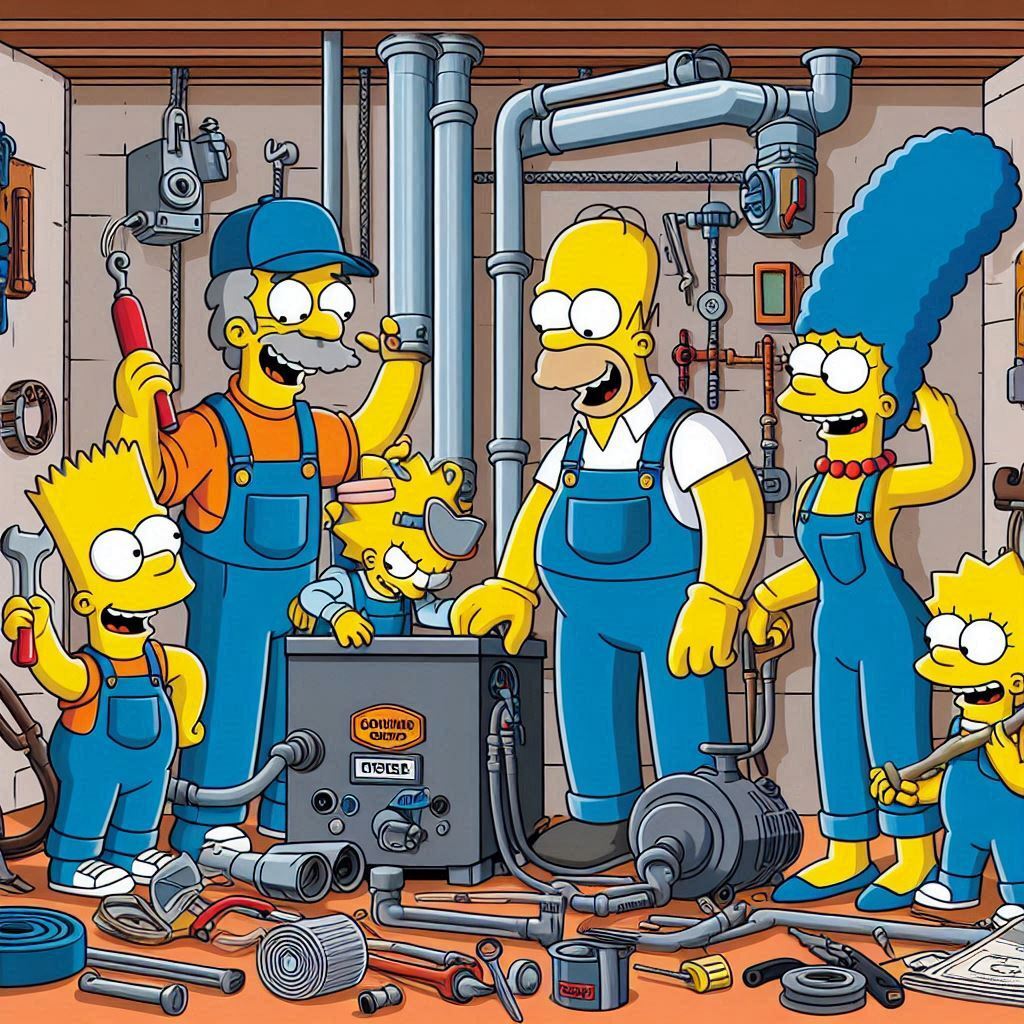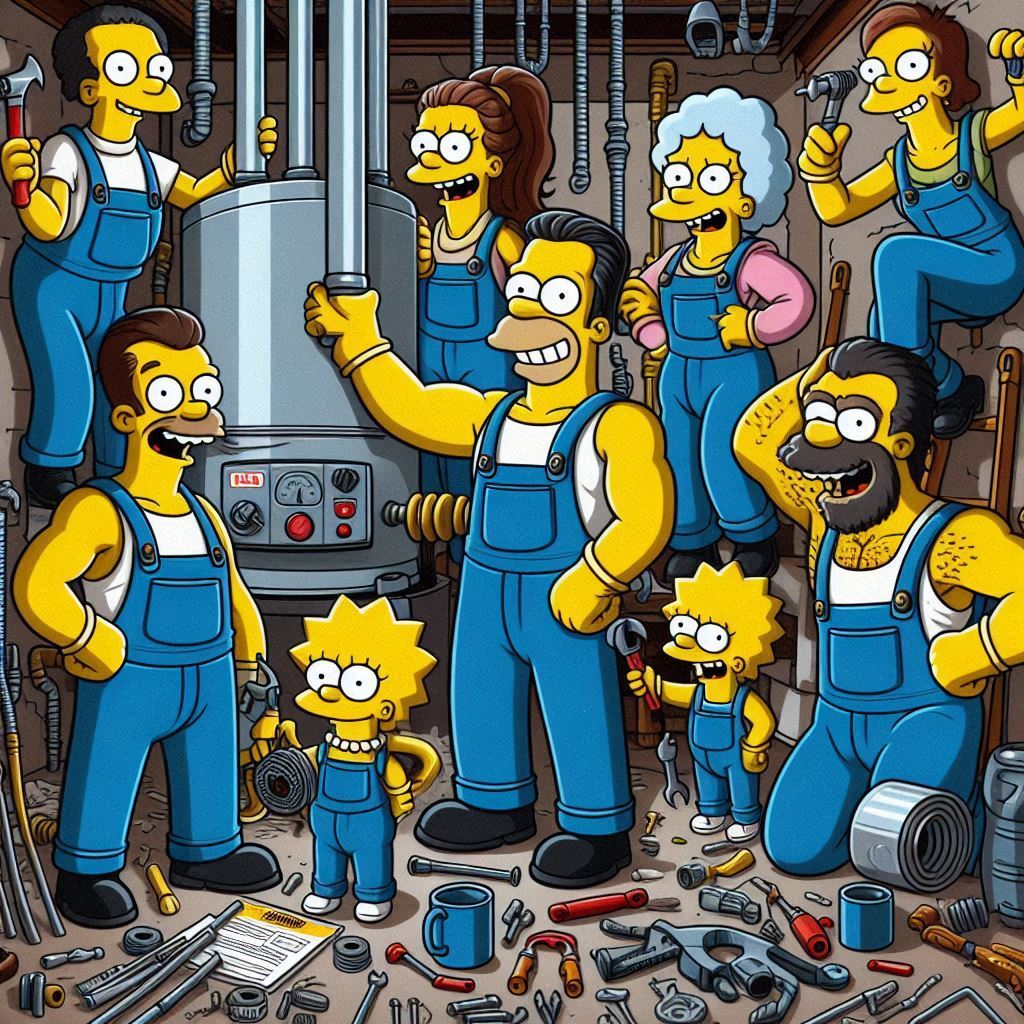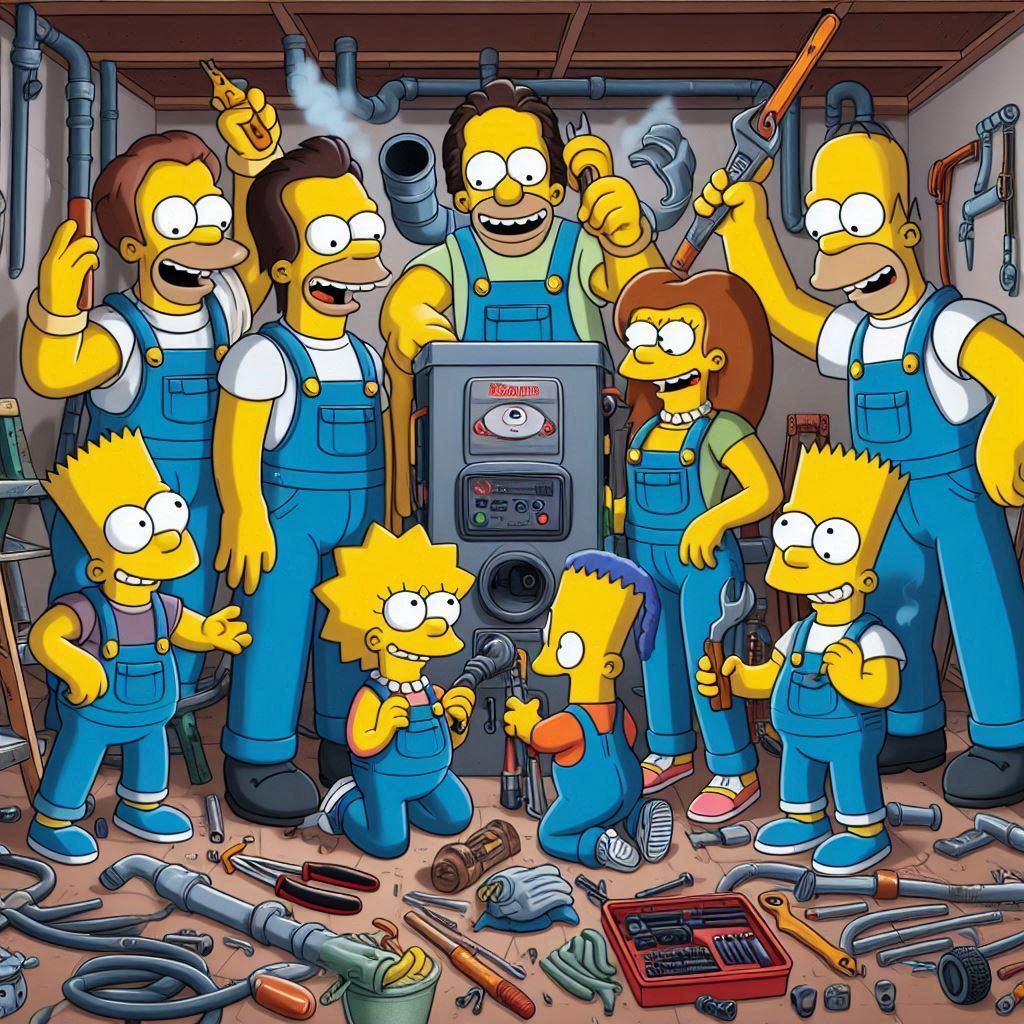Installing a boiler is an important process that determines the comfort of your home. Despite the fact that many people prefer to entrust this task to professionals, installing a boiler with their own hands is possible and can significantly save money. In this article, we will look at all the stages of installing a boiler, the necessary materials and tools, as well as give useful tips and recommendations.

Preparing to install the boiler
Choosing the right boiler
Before proceeding with the installation, it is important to choose a suitable boiler. There are several types of boilers, each of which has its own characteristics:
- Electric boilers. Ideal for small apartments and houses. Easy to install and operate.
- Gas boilers. They are economical to use, but require a gas main and ventilation.
- Combined boilers. They can run on both electricity and gas.
Required materials and tools
To install the boiler, you will need the following materials and tools::
- Boiler room
- Dowels and anchors
- Flexible water lines
- American Crane
- Fasteners and nuts
- Fum-lenta
- Tools: puncher, keys, screwdrivers, level, tape measure

Dismantling the old boiler
Disconnecting from the mains and water supply
- Turn off the electricity. First of all, disconnect the boiler from the power supply.
- Turn off the water. Close all water supply taps to the boiler.
- Drain the water. Open the hot water tap and drain the remaining water from the boiler.
Removing the boiler
- Unscrew the fasteners. Use keys and screwdrivers to unscrew the fasteners.
- Remove the boiler. Carefully remove the boiler from the wall and remove any remaining fasteners.
Installing a new boiler
Preparing the installation site
- Select a location. Make sure that the installation location meets the boiler manufacturer’s requirements. It must be dry and accessible for maintenance.
- Markup. Use a level and tape measure to mark the wall for fixing the boiler.
- Drilling holes. Using a hammer drill, drill holes in the wall along the markings.

Boiler mounting
- Installation of anchors. Insert the anchors into the drilled holes.
- Boiler mounting. Attach the boiler to the wall with dowels and nuts. Make sure that the boiler is fixed securely and evenly.
Connection to the water supply system
- Installation of American cranes. Install taps at the water inlet and outlet of the boiler.
- Connecting flexible eyeliners. Connect the flexible liners to the taps and boiler using fum tape to seal the connections.
- Leakproofness check. Open the water supply and check all connections for leaks.
Connecting to the power grid
- Checking the transaction. Make sure that the electrical wiring meets the safety requirements.
- Connecting the boiler. Connect the boiler to the power supply according to the manufacturer’s instructions.
- Checking your work. Turn on the boiler and check its operation by following the instructions for the first start-up.
Interesting facts about boilers
- History of boilers. The first prototype of a modern boiler was developed in 1868 by Englishman Benjamin Wady. It used gas to heat water and was called the “giant water heater”.
- Cost-effectiveness. Modern boilers can significantly reduce the cost of heating water through the use of innovative technologies and energy-efficient materials.
- Safety. Most modern boilers are equipped with protection systems against overheating and overpressure, which makes their use safe.
As the American inventor Thomas Edison said, ” inventions are created to make our lives easier.” Installing a boiler is a step towards comfort and convenience in your home.

Tips for installing a boiler
Useful tips
- Follow the instructions. Please read and follow the boiler manufacturer’s instructions carefully.
- Checking connections. Be sure to check all water and electrical connections for tightness and reliability.
- Regular maintenance. Maintain the boiler regularly to prevent breakdowns and extend its service life.
Common mistakes and how to avoid them
- Incorrect mounting. Use only high-quality fasteners and make sure that the boiler is installed securely on the wall.
- Ignoring instructions. Follow all the manufacturer’s recommendations for installing and operating the boiler.
- No ground connection. Make sure that the boiler is properly grounded to prevent electrical problems.
Table: Comparison of boiler types
| Boiler type | Advantages | Disadvantages | Application |
| Electric boiler | Easy to install, affordable price | High energy costs | Apartments, private houses |
| Gas boiler | Cost-effective, high power | Need for a gas line, ventilation | Houses with gas supply |
| Combined boiler | Flexibility of use, energy efficiency | Installation complexity and high cost | Private houses and cottages |
Installing a boiler with your own hands is a task that requires attention to detail and precision. However, by following our recommendations and instructions, you can successfully complete this job and enjoy hot water in your home. We hope that this article was useful and will help you in implementing your project.
Keep in mind that safety and quality of work is a top priority. Good luck with the boiler installation and a comfortable stay for you!